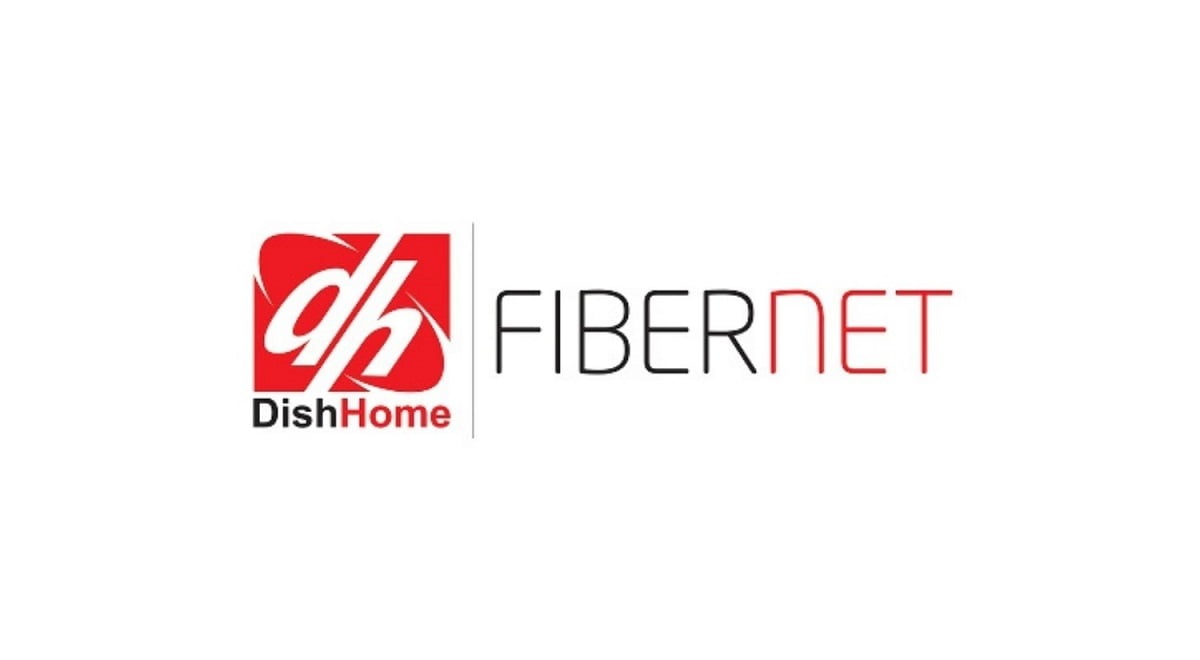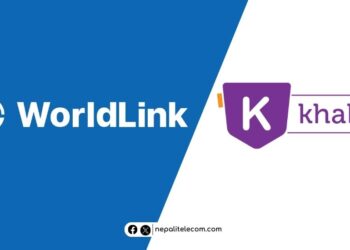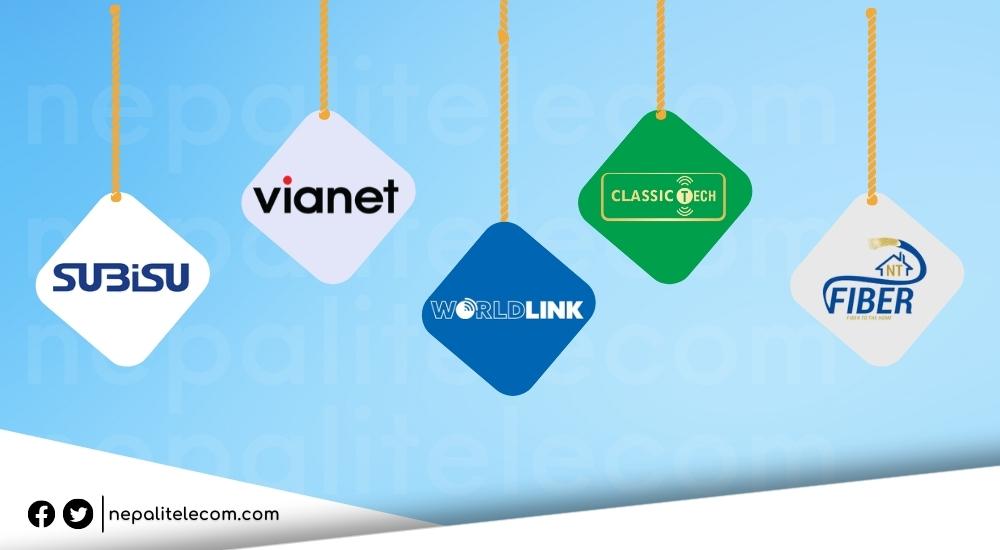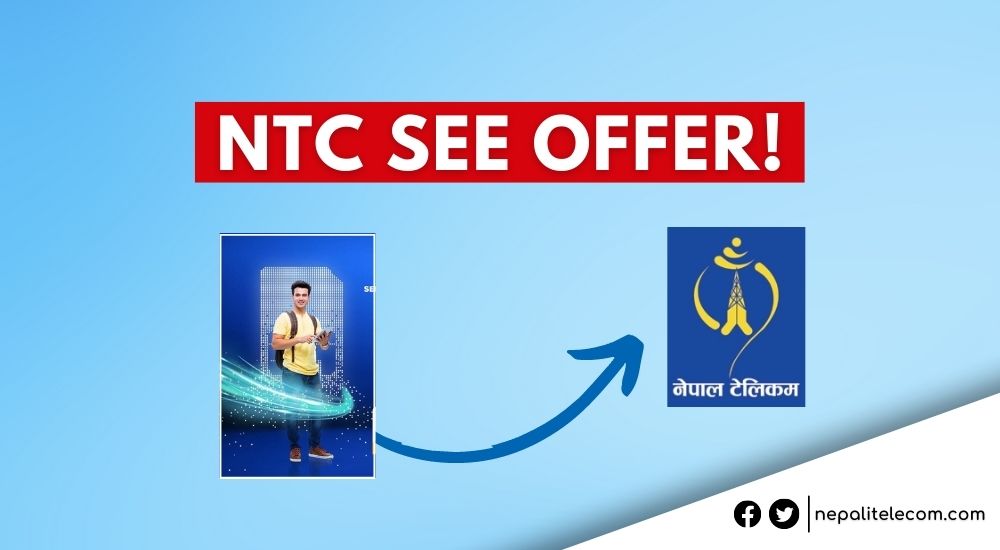Internet is one of the essential services for people for various purposes be it entertainment, social network sites, professional or office work, and more. These days, most people put an internet connection at home to share with family members. Some even share the same internet connection with their neighbors. Nepal has seen rapid growth in internet connection at home, also called home broadband. The ISP (Internet service providers) in Nepal have also grown in numbers and so has the internet speed (high speed of up to 1Gbps). In this post, we will provide information on how to get/subscribe to a Wifi internet connection at home in Nepal.
When we talk of the internet at home, the ultimate access to the end devices is WiFi. But the WiFi network at home needs to be connected to the service provided by any Internet Service provider (ISP). There are more than 35 ISPs (Internet service providers) in Nepal. Some of them have services in the whole of the country while some have availability only in the small local area. These ISP’s also have different technology/services to provide the internet connection at home.
Technologies for an Internet connection at home
Here are some of the technology/service solutions to connect home internet in Nepal, provided by ISPs and telcos.
- ADSL
- Fiber internet (FTTH)
- Coaxial cable internet
WiMAX- WiFi
- Other wireless
- Cellular internet from 3G, 4G
Among those technology/services, we would like to discuss each one of them based on their popularity/ease of usage.
ADSL
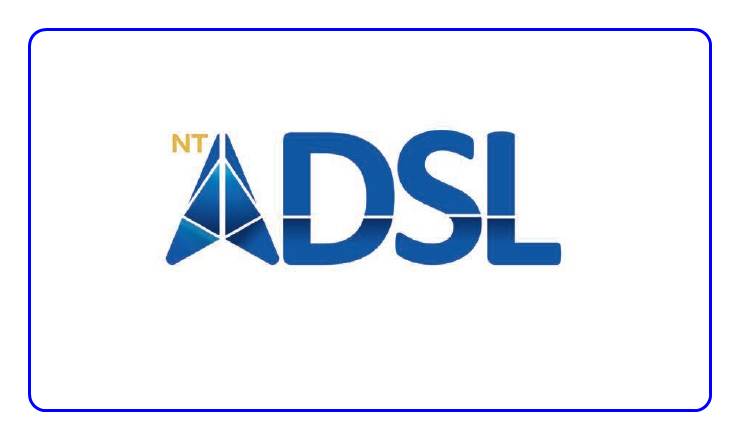
ADSL stands for Asymmetric digital subscriber line, which is the cheapest option for internet connection at home but there’s a catch. As the ADSL uses the traditional copper wire from the telco office to the customer’s home, the link performance (and so the internet speed) degrades with the length and condition of the wire. You also need to have a landline phone to use the ADSL service.
ALSO READ: How to improve the ADSL speed problem in Nepal.
Provider: Nepal Telecom only provides the ADSL service from their PSTN landline phone.
Speed: The maximum speed that you can get with ADSL is 5 Mbps. Even with the up-gradation, the speed of the ADSL internet has been slow these days, but it depends on the distance and the connection (more below).
Cost: The cost of an unlimited 5 Mbps ADSL service is Rs 800 per month. There are six monthly and yearly package that is a little bit cheaper. Similarly, you can get volume-based packages as well. Find detailed information on Nepal Telecom ADSL service.
What is needed for ADSL?
To use the ADSL service, a customer needs to have the following.
- A landline phone connection (if you do not have a landline phone, you need to apply for connection).
- ADSL modem with WiFi (and Splitter), which you can buy from the market.
- Registration of ADSL for an existing telephone line or new one costs Rs 200.
Pros:
- A landline phone ensures the availability of ADSL for your home.
- A cheaper option for normal users
- No need extra wire connection
Cons:
- Speed performance deteriorates with the distance from the telco office.
- Support not readily available.
Fiber internet (FTTH)
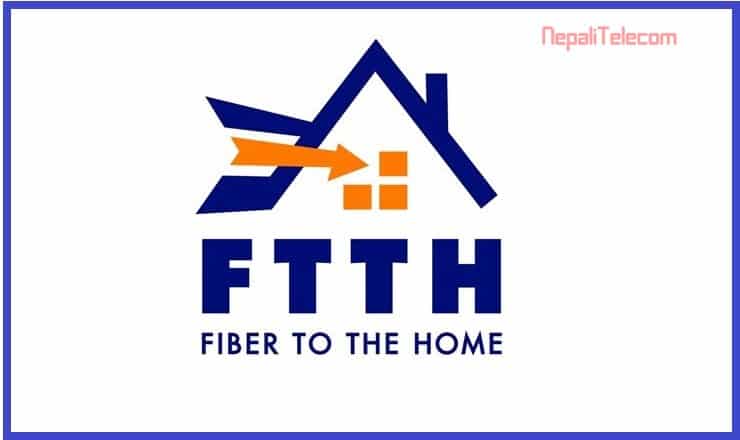
Fiber internet (FTTH) is another popular & latest technology/service for internet connection at home. It uses optical fiber to provide high-speed, reliable, and quality internet service to your fixed locations (home or office). The speed and performance of Fiber internet are quite good compared to other technologies. Private ISP’s have increased the reach of this fiber internet service to the major areas of the country. Nepal Telecom has been distributing fiber internet in various parts of the country and it has gained the highest number of subscribers in the pandemic period.
Provider: Private ISP (Like Subisu, WorldLink, Vianet) and Nepal Telecom
Speed: 8 Mbps to Gbps (unlimited with FUP)
Cost: Rs 600 to Rs 2500 (costs less if you pay for a year), Set-top box deposit (Rs 500 to 100), and fiber cable: Rs 1000 to Rs 500. NTC provides fiber and set-top box free if you already have a landline phone and change your connection to fiber for phone, internet.
What is needed for FTTH?
To use the Fiber internet service, you need to have the following
- Fiber can reach your place or already there due to demand.
- FTTH modem/Set-top box (in most cases, ISP’s provide this to the customers)
- Just make a contact to ISPs for your place, then they will serve you well. In the case of Ntc, you need to pay a visit to their office and fill a form. Check all the details about Ntc fiber internet along with price, package, and availability.
Pros:
- Reliable performance and fast speed as per requirement.
- Fast support and ease of service installation.
- IPTV (TV service) come as an added value
- Single fiber to provide phone, internet (Triple-play service over fiber)
Cons:
- Coverage may not be available everywhere (only in city areas)
- Maybe expensive to some for the higher speed
- For heavy and high multimedia users, speed degradation may apply due to FUP (Fair Usage Policy).
Cable internet
Cable internet is a technology that uses coaxial cable for the internet along with the already available cable TV service. The internet from cable was introduced in Nepal with the wide availability of cable TV services. They reached Nepal before the fiber internet. Some of the ISPs provide the same internet package (as fiber internet) to cable internet. But the cable internet is almost obselete these days.
Provider: Cable TV providers and ISPs like Subisu and more.
Speed: 50 Mbps to 100 Mbps
Cost: Rs 1000 to Rs 2000, CPE/Cable modem: Rs 2000, cable cost Rs 25 per meter.
What is needed?
To use the cable internet service, you need to have the following
- Cable TV already at home (which has become digital now) Or where the cable can reach
- Set-top box or digital cable modem (with Wifi)
- Just make a call to the cable internet service provider which provides internet service.
Pros:
- Better performance than ADSL and other wireless systems
- Better support and ease of installation
- Only one cable to use for cable TV and internet
Cons:
- Lower performance than Fiber, speed deteriorates with long cable length. (Hybrid fiber+coxial can remove this degradation)
- It may not be available everywhere.
- Fewer choices of providers
- FUP applies and affects some heavy users.
WiMAX
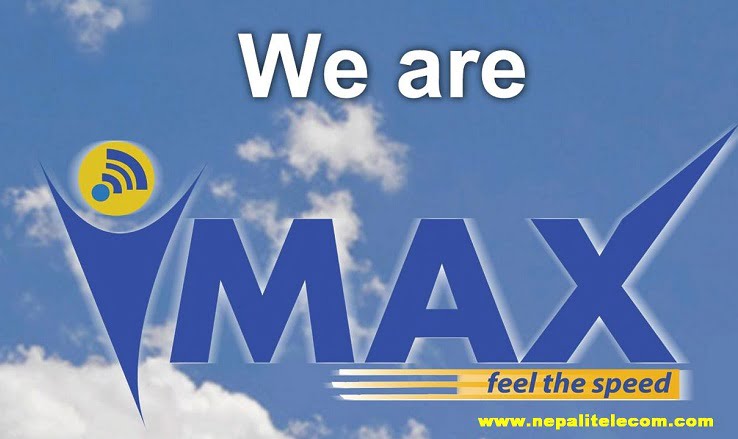
As we see the disadvantages of some internet solutions, the wired connection may not be available everywhere. For those locations, there is some wireless solution for internet service. One of them that is available in major areas is WiMAX. Although being a limited coverage and limited customers, WiMAX has been serving people for Home broadband internet and internet in a vehicle since 2013. As known, the WiMAX internet has been shut down by Ntc in early 2079.
Provider: Nepal Telecom (NTC)
Speed: 512 kbps to 2 Mbps
Cost: Rs 1500 per month, CPE costs Rs 2000 to Rs 12000 (based on the type of indoor or outdoor)
What is needed?
- WiMAX coverage
- CPE device (Indoor dongle or Outdoor)
- Need to visit the Ntc office for registration.
Pros:
- Best for areas with no availability of wired internet
- Used perfectly for internet in vehicles buses (long routes)
- Fewer users, so no issue of sharing.
Cons:
- Limited coverage area and limited speed (Speed deteriorates with distance and signal strength).
- Cannot confirm the availability of the service at your place easily (need to visit the Ntc office).
- Expensive CPE or WiMAX device
Do read: How to change Wifi password in Nepal?
WiFi internet
All of the internet services above require some modem or CPE device for connectivity. It may seem WiFi does not need an extra device as WiFi is there inbuilt on Laptops and smartphones. But as we need to share the same Wifi connection with multiple users, a Wifi router is also required. Some of the internet service providers (ISP) have limited Wifi internet coverage in some limited areas.
Providers: Private ISP like Broadlink, WiFi Nepal and small local ISPs
Speed: 100 Mbps to 200 Mbps
Cost: Rs 500 to 1500, Drop Wire: Rs 1100, Router: Rs 2500
What do you need?
- Good Wi-FI coverage
- Antenna or receiver at home top
- WiFi Router
Pros
- Easy setup and Good for the remote area if local Wi-Fi can cover by local ISP or community based
- Wide area availability if a single user and use the same account in multiple areas.
Cons
- Limited coverage and low performance in shaded or low height areas
- Use of routers to share among family
There may be some other wireless point-to-point solutions for specific areas but we need to confirm their presence from the popular wireless internet service providers like Worldlink, Mercantile, and more. The cost of the service may also vary according to the remoteness.
Check out: How to improve the speed of your home internet?
Cellular internet 4G (Wireless broadband)

For the areas with the non-availability of any of the fixed broadband solutions, People have no option but to go for Mobile broadband using 4G. Such mobile broadband is now available from Nepal Telecom, Ncell, and Smart Telecom. Nepal Telecom and Ncell’s 4G is available in all of the 77 districts. Smart Telecom also has 4G coverage in 19 districts.
For the Mobile broadband fixed at home, Ncell has launched Wirefree plus home net offer which offers limited volume 250GB data over 4G for some defined speed and then get unlimited throttled speed. It costs Rs 999 per month and suits a limited usage at places with no other options. Similarly, Nepal Telecom has brought 4G Wireless home broadband solutions aka Namaste Wifi service which cost Rs 5999 for 6 months for 5Mbps data speed over 4G, with 10GB per day FUP. Likewise, another package of Namaste Wifi costs Rs 8,999 for 10Mbps data speed with 15GB per day volume for FUP. After which, the speed throttles to 2/1.5 Mbps. You can get it cheaper if you subscribe for a year.
Apart from the special broadband pack, you can also buy a special 4G/3G dongle/SIM Wifi router and buy special package to use it for your home.
Providers: Nepal Telecom (NTC), Ncell
Speed: 5 Mbps to 20 Mbps
Cost: per data packs, Ntc 16 GB at Rs 800 (Ntc data pack), Ncell 10 GB at Rs 499 (Ncell data pack)
What do you need?
- Use the USB dongle or smartphone with 3G, 4G capability, or 3G 4G Wifi device. Read more on how to use mobile data on a PC or computer?
- Purchase higher volume data packs or unlimited packs (1 hour or night)
Pros
- Wider area coverage
- Can use the available smartphone as a hot-spot (no need for extra device)
Cons
- Not a cost-effective solution as you need to pay per MB.
- The wireless broadband special package still expensive for home & family sharing.
Solution for the internet at the office.
The above technology/services at home may not be feasible to use for small businesses or organizations considering more users, high speed, and high-reliability requirements. Well, most of the technologies are the same for offices, but they have customized them to suit them. ISPs also provide specific packages for those organizations and business offices, with enterprise packages.
Mostly this business prefers fiber internet FTTH, leased lines with higher speed, and better reliability.
Check out Comparison of ADSL vs FTTH for Best internet option
Verdict
Having discussed all of the technologies and services for an internet solution for home and office, we now know which service suits your requirements. As people have a different preference for the internet solution in their place, they could reach the best one that is available there.
As a general rule for internet connection at home, we can recommend these solutions
- For City Area, high-speed requirement, go for fiber internet (FTTH).
- For remote areas and not a high-speed requirement, go for a wireless solution with 4G home broadband, if 4G is available.
We recommend you check the Best ISPs in Nepal with a comparison of speed and offers.





